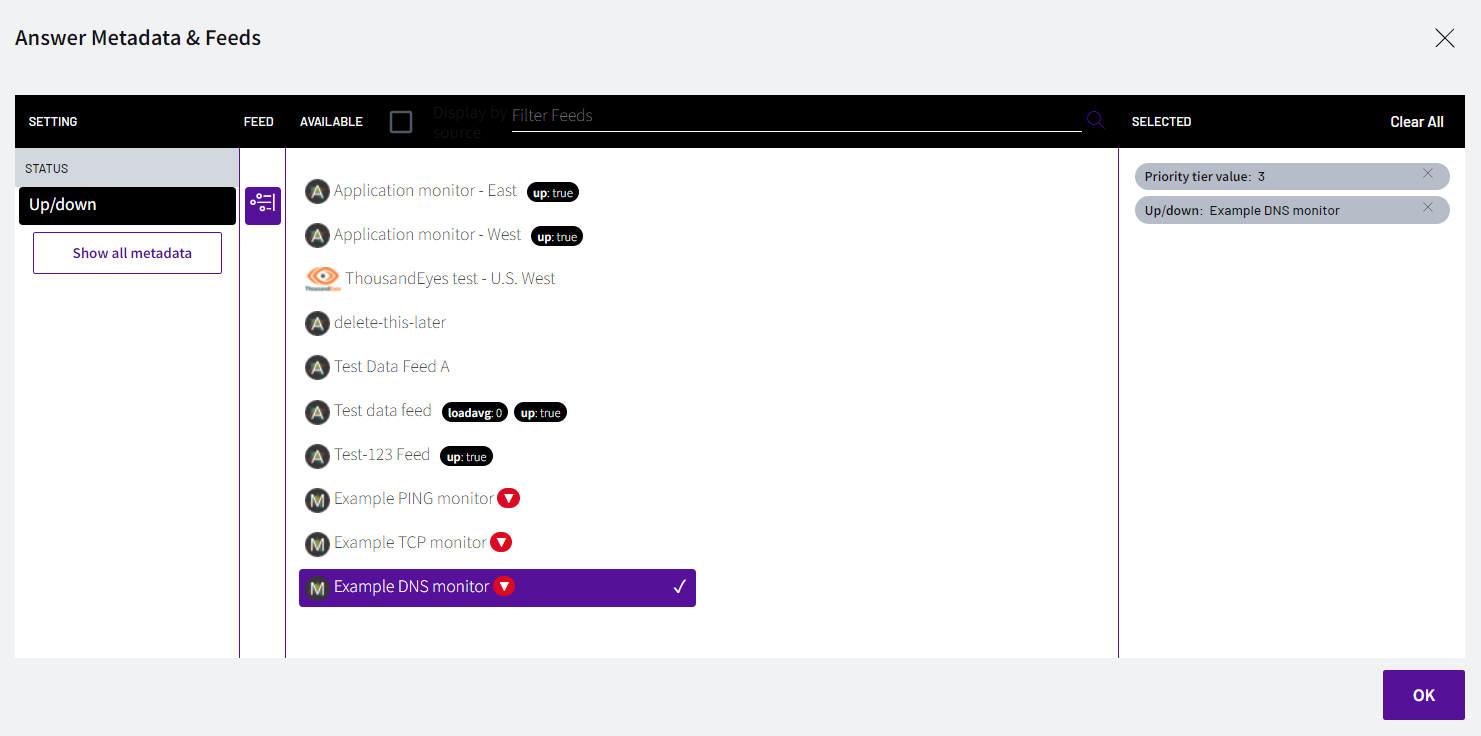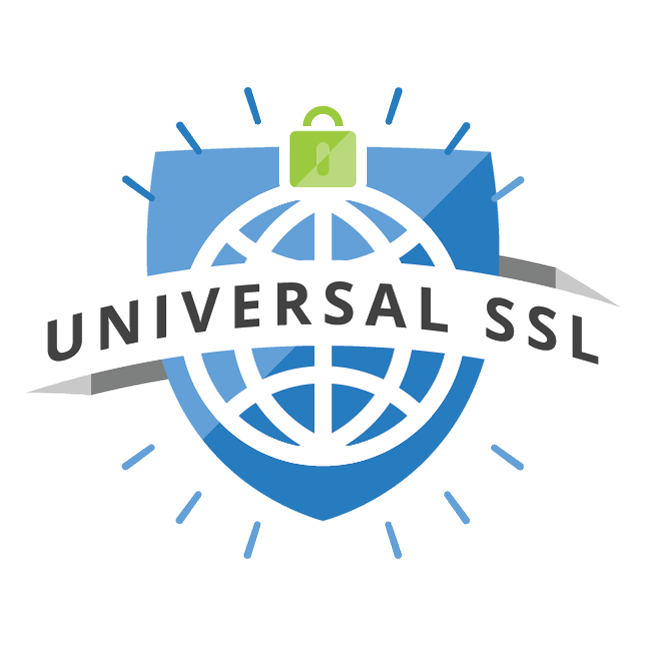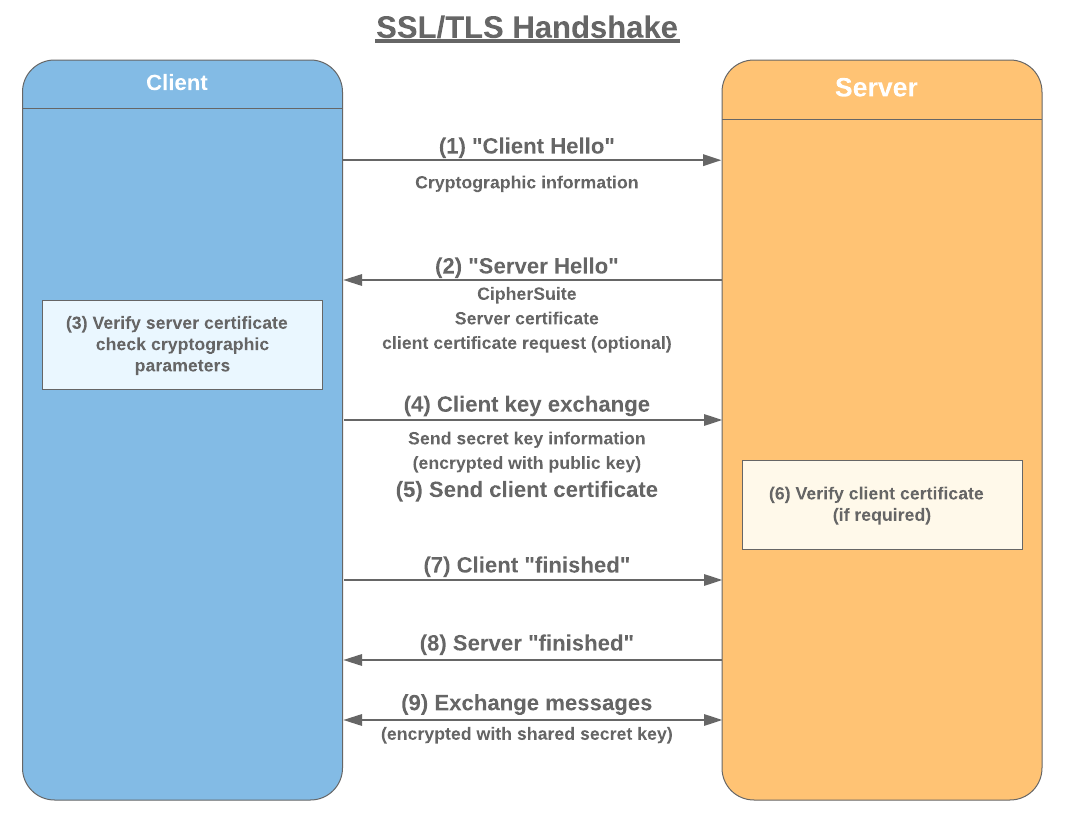
You can use the apachelog level command to send errors to another program. There are several different levels, including critical, debug, and warning. Each level has its benefits and drawbacks. The situation will dictate which level to choose. For example, if you are experiencing a server failure, you can set a high log level. For normal usage, you can set a low log level.
Log level modifications
Apache log levels can be modified to adjust the severity of log messages. The default level for Apache log messages is warn. The other two levels of warning are crit or emerg. Warning logs will be generated when the system appears to operate normally. However, it can become more problematic over time. Changes in the log level can be used to troubleshoot or debug your server.
Apache web servers generate logs. Changing the log level will have an effect on all logs. This will increase your log file size, and make the web server work harder. If you need more detailed logs, you can increase the log level to trace.
Messages logged
Apache Servers can be analysed to determine the source of an error. This log contains information about the type of error, time it occurred, and severity level. It also includes information about your web browser and client's operating system.

Log files are created by Apache servers that store information provided by clients. You can access these log files using a simple text editor such as tail and cat, which are command line tools on Linux.
Log messages with debug level
The debug level logs information about errors and warnings that occur in the application. These messages can be used for testing and debugging purposes. You can filter these messages by choosing the right level. This gives you more information, but doesn't lose any details. To get more information about a subsystem you can set the DEBUG and TRACE levels. However, in a production environment, you should use the INFO level.
A message logged with this level doesn't necessarily mean that the application is aborting. It may indicate that an essential part of the application has stopped working. An application might not be able access a file or service. Most applications will still work as usual without the error message.
Messages logged with FATAL level
A message with FATAL status indicates a serious error. This could be a corruption of a database, major problem or complete application failure. These errors should be addressed immediately as they can cause significant data loss and financial losses. This does not necessarily mean that the program has failed. These events will not stop most applications from running.
In decreasing order of severity, these severity levels appear. If the error message is FATAL, it will terminate the program and log the error. Log messages that are less severe will be logged in lower severity logs. If the DFATAL level is set, the log message will be recorded in debug mode and not production. This is to prevent the program being stopped in a living system.

TransferLog level logs messages
There are three levels or log messages: "emerg", (unusable), and "alert" or "crit". An "emerg", or system malfunction, message means that the system must be repaired immediately. Warning messages should not be ignored. They should be reported to the appropriate authorities for further investigation. Informational messages such as "info" are useful for troubleshooting purposes. Debug messages provide more detail.
Apache also records the status or connection of HTTP requests. The HTTP status codes are useful for measuring the website's performance. A 404 response, for example, includes Referer information.
FAQ
What is a static site?
A static site is one that stores all content on a server. Visitors can access the website via web browsers.
The term "static", as it is sometimes called, refers not to dynamic features such changing images, videos, animations, etc.
This type of site was originally developed for use in corporate intranets but has since been adopted by individuals and small businesses who want simple websites without the complexity of custom programming.
Because they are less maintenance-intensive, static sites have gained popularity. They are much easier to maintain than fully-featured sites with many components (such a blog).
They also tend to load faster than their dynamic counterparts. They are ideal for mobile users and those with slow Internet connections.
Also, static websites are more secure that dynamic counterparts. It is difficult to hack into static websites. Hackers can only access the data contained in a database.
There are two main ways you can create a static web site.
-
Utilizing a Content Management System.
-
Create a static HTML website
Which one you choose depends on your requirements. If you're new to creating websites, I recommend using a CMS.
Why? Because it allows you to have full control over your website. A CMS eliminates the need for a professional to set up your site. Upload files to the website server.
Still, you can learn to code and create static websites. However, you will need to put in some time to learn how to program.
How do you create a free website.
It depends on what type of website you want to create. Do you want to sell online products, start a blog, build a portfolio, or both?
It's possible to make a website that is essential using HTML and CSS. It is possible to make a basic website with HTML and CSS. However, many web developers recommend using a WYSIWYG editor, such as Frontpage or Dreamweaver.
If you don't have experience designing websites, hiring a freelance developer might be the best option. They can help you build a website customized to your needs.
Freelance developers can charge either an hourly or a flat fee. It depends on the amount of work that they do in a given time frame.
One example is that some companies charge $50-$100 for an hour. Higher rates will be charged for larger projects.
Many freelance websites also list open jobs. You could search there first before contacting potential developers directly.
WordPress is a CMS.
The answer is yes. It's a Content Management System (CMS). CMS is a way to manage your website content without having to use an application such Dreamweaver/Frontpage.
WordPress is absolutely free! You don't have to pay for anything other than hosting, which your ISP usually provides.
WordPress was originally designed to be a blogging platform. However, WordPress now offers many options including eCommerce sites and forums, membership websites, portfolios and portfolios.
WordPress is very easy to set up and install. It is necessary to download the installation file from their site and upload it on your server. Next, simply go to your domain name via your web browser and log into your new site.
After installing WordPress, it's necessary to register for a username. Once you've logged in, you'll see a dashboard where you can access all of your settings.
Here you can add pages and posts, images, menus, widgets and plugins. If editing and creating new content is easier for you, skip this step.
You can also hire a professional web design firm to help you with the whole process.
Is web development difficult?
Although web development isn't easy, there are many resources online that will help you get started.
The only thing you need is to search for the right tools and follow their steps step by step.
YouTube and other platforms offer many tutorials. You can also use free online software such as Notepad++, Sublime Text, etc.
There are also lots of books available in bookstores and libraries. These are some of the most well-known:
O'Reilly Media presents "Head first HTML & CSS".
O'Reilly Media's Head First PHP and MySQL 5th Ed.
"PHP Programming for Absolute Beginners" by Packt Publishing
I hope you find this article helpful!
How to design a site?
Understanding your customers' needs is the first step. What are your customers looking for?
What problem might they face if your site doesn't have what they are looking for?
After you have this information, you need to find out how to solve the problem. Make sure everything looks good on your website. It should be simple to navigate and use.
Your website should be well-designed. You should ensure that your site loads quickly. If it does take too long, people won't stay as long as they would like to. They'll leave and go elsewhere.
It is essential to determine where all your products reside before you start building an eCommerce website. Are they all in one location? Are they in one location?
You need to decide whether you want to sell one product at once or many different types of products. Are you interested in selling one type of product? Or multiple types?
These questions will help you decide if you want to build your website.
Now it is time for you to concentrate on the technical aspect of things. How will you site function? Is your site fast enough to be useful? Can people get to it quickly from their computers?
Will people be able to buy something without having to pay extra? Are they required to register before they can buy anything?
These are the essential questions you should ask yourself. Once you know the answers to these questions, you'll be ready to move forward.
Statistics
- At this point, it's important to note that just because a web trend is current, it doesn't mean it's necessarily right for you.48% of people cite design as the most important factor of a website, (websitebuilderexpert.com)
- Is your web design optimized for mobile? Over 50% of internet users browse websites using a mobile device. (wix.com)
- Studies show that 77% of satisfied customers will recommend your business or service to a friend after having a positive experience. (wix.com)
- Did you know videos can boost organic search traffic to your website by 157%? (wix.com)
- It's estimated that chatbots could reduce this by 30%. Gone are the days when chatbots were mere gimmicks – now, they're becoming ever more essential to customer-facing services. (websitebuilderexpert.com)
External Links
How To
What is website hosting?
Website hosting describes where visitors go when they visit a site. There are two types.
-
Shared hosting - This is the cheapest option. Your website files reside on a server owned by someone else. Customers visit your website and send their requests over the Internet to this server. The server owner then forwards the request to you.
-
Dedicated hosting is the most expensive option. Your website is only accessible from one server. There are no other websites sharing space on the server. Your traffic remains private.
Because it is less expensive than dedicated hosting, shared hosting is preferred by many businesses. Shared hosting allows you to have your website run by the company who owns the server.
Each option has its pros and cons. These are some of the major differences between them.
The pros of shared hosting:
-
Lower Cost
-
Easy to Set Up
-
Frequent Updates
-
It can Be Found On Many Web Hosting Companies
You can get shared hosting for as low as $10 per monthly. Keep in mind, however, that bandwidth is usually included in the price. Bandwidth is the data transfer speed that you have over the Internet. Even if you upload only photos to your blog you might still have to pay more for large amounts of data that you transfer through your account.
You will quickly see why you paid so much for your former host once you have started. Most shared hosts have very poor customer support. Their techs will occasionally walk you through setting up your site, but you're on your own after that.
It is important to find a provider that provides 24-hour support. They'll take care of any issues that come up while you sleep.
Cons of dedicated hosting
-
More Expensive
-
Less is More
-
Requires Special Skills
With dedicated hosting, all you need to maintain your website are provided. You won’t need to worry whether you have enough bandwidth or enough RAM (random address memory).
This means you'll have to spend more upfront. However, once your business goes online, you'll discover that you don’t need as much technical support. You'll become an expert at managing your servers.
So Which Is Better For My Business?
The answer to this question depends on which type of website you wish to create. Shared hosting might be best if you just want to sell products. It is easy to set-up and manage. A server shared with several other sites means that you will receive frequent updates.
However, dedicated web hosting is the best way to build a community around you brand. Instead of worrying about traffic, you can concentrate on building your brand.
Bluehost.com is the best web host for both. They offer unlimited monthly data transfers, 24/7 support, free domain name registration, and a 30-day money-back guarantee.